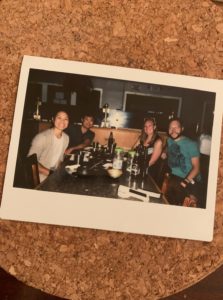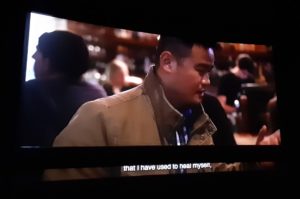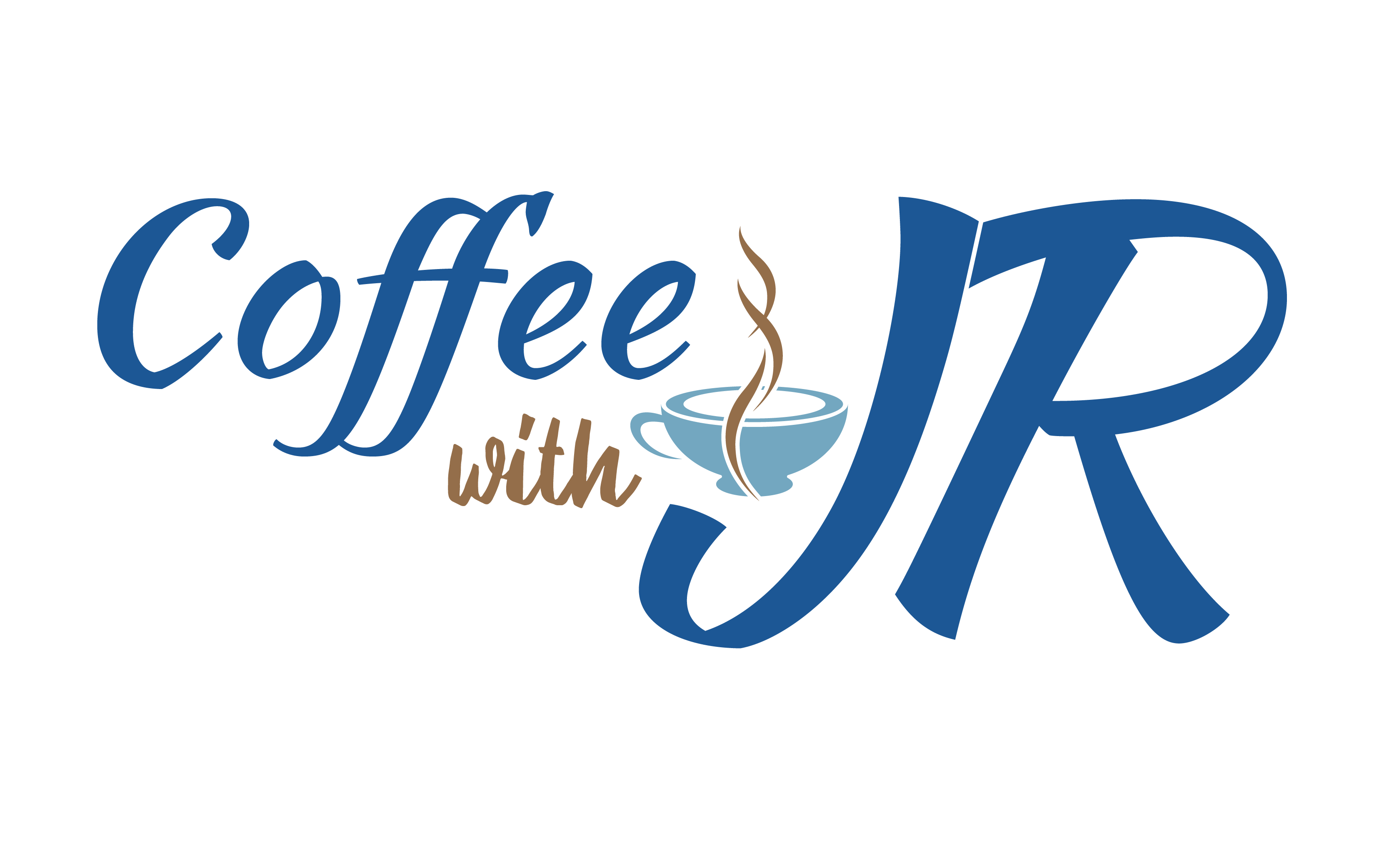
“Coffee Talking Mental Coffins” was screened at the Los Angeles Asian Pacific Film Festival last month at the Regal L.A. Live movie theater. This new cut of “Coffee Talking Mental Coffins” is over ten minutes long and I divulged more about the connections between my mental health journey as an immigrant and my monastic childhood past. Along with the director NamQuyen (Q) Le, the director of photography Rachel Audette, and a dear friend of mine, we went and saw the film live at the theater. I am still in the process the experience of watching myself on a big screen.


My initial reaction was feeling extremely weirded out. This was because I can’t stand hearing my own voice and watching myself. Another reason I felt weird was because even though the film was about me and I narrated it, the experience was like watching my stories from a third-person perspective. Rationally, I knew these were my stories, but at the same time, it felt like watching a movie about another person’s life.
In my personal life, I rarely shared these stories with close friends, let alone with people that I don’t know. Seeing that many people in the theater watching and listening to my stories, I felt exposed and vulnerable.
From what I have learned about trauma like PTSD, the impact often shows up in flashes of memory randomly. Individuals don’t remember these traumatic memories in a linear narrative with a beginning, middle, and end of the memory story. Instead, the memories of trauma pop into our head as scattered images. Within milliseconds, these images stir up strong and pungent emotions such as shame, anger, fear, irritability, severe anxiety, and/or guilt. From the fight or flight instinct, people with PTSD either react impulsively or shut down completely.
Using myself as an example, when I consciously decided to start openly sharing my traumatic past, I worked really hard and spent a lot of time trying to remember what happened. Most of the time, I could only remember fragmented bits and pieces. The more I tried to dig up and reminisce, the more I couldn’t recollect. It’s almost like my body/brain didn’t want me to remember. There were a few moments when I could finally remember certain traumatic events in some orderly fashion. But then my body either immediately shut down from feeling overwhelmed by sadness and depression, or I would want to get the fuck out of my apartment and drink to numb the feeling of shame and anger.
When we were shooting the film, Q recorded twelve hours of footage. I think one of the reasons it took that long to recount my stories was because most of the footage was me just trying to coherently put together my stories. So, all the credit is due to Q. She was able to put all the pieces together into a final cut of the ten-minute film.

When I was watching my stories that contained my past traumas on a big screen from a third person perspective, it was like I was living a vivid dream and I couldn’t tell if it was real or if I was dreaming.
The great news is that throughout the whole screening process, I was able to keep my composure. My stories on the big screen didn’t create additional flashbacks of trauma and it didn’t trigger any repulsive emotional reactions within me. If I’d had this experience even 3 years ago, I wouldn’t have been able to do it. I credit my mental health recovery to my former therapist, Dr. Lisa Strober, and the trauma healing works inspired by Dr. Bessel van der Kolk.

One of the most powerful healing tools I’ve learned from Dr. Strober and Dr. van der Kolk is “Connecting to Oneself” to deal with hyperarousal (a primary symptom of PTSD). “Connecting to Oneself” consists of different breathing and physical exercises, mindfulness practices like meditation and self-awareness throughout the day, and having good quality sleep. The purpose of all of these practices is to build up internal strengths that allow the body to be in touch with the unwanted and pungent emotional reactions from the traumatic flashbacks, and to accept these fight-or-flight feelings for what they are without giving in to them. If you are interested in learning more about “Connecting to Oneself” and other tools that I have used to heal my traumas, please contact me.
Last, I also want to acknowledge and give thanks to the rest of the filmmakers that were part of the screening. Please check out their amazing works here.

Recent Comments